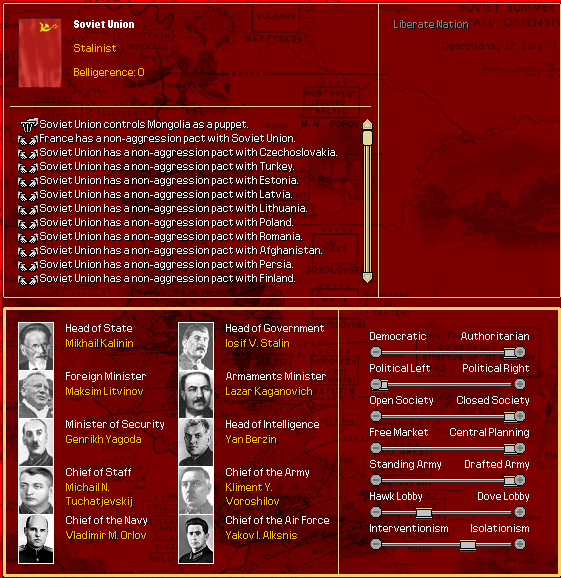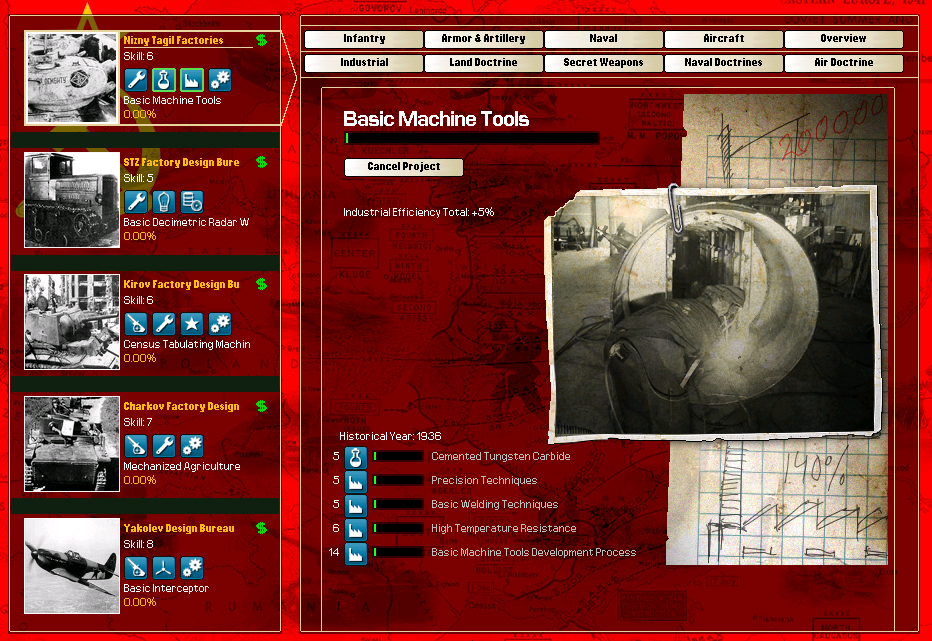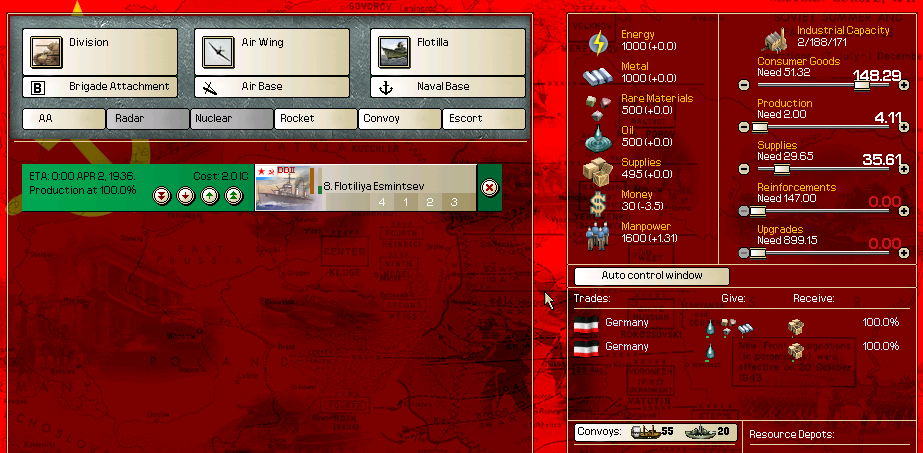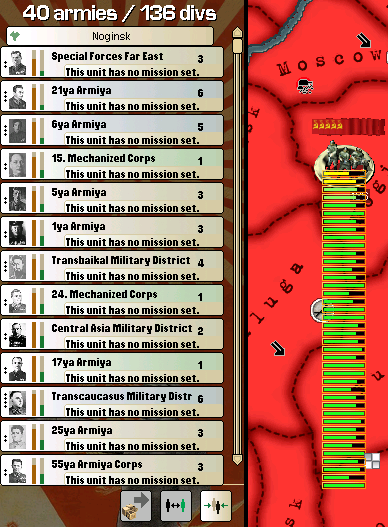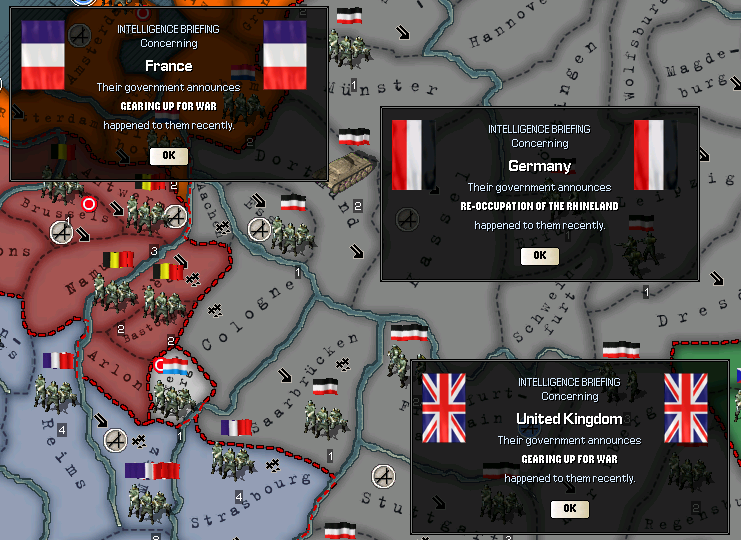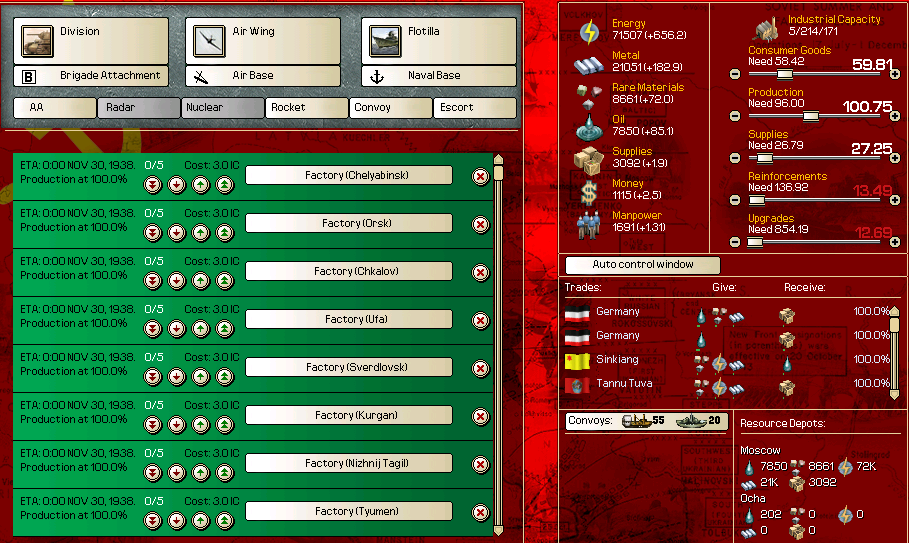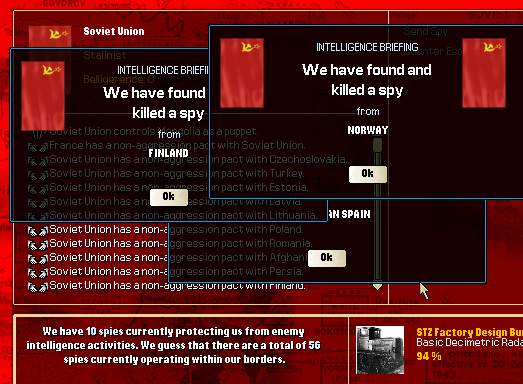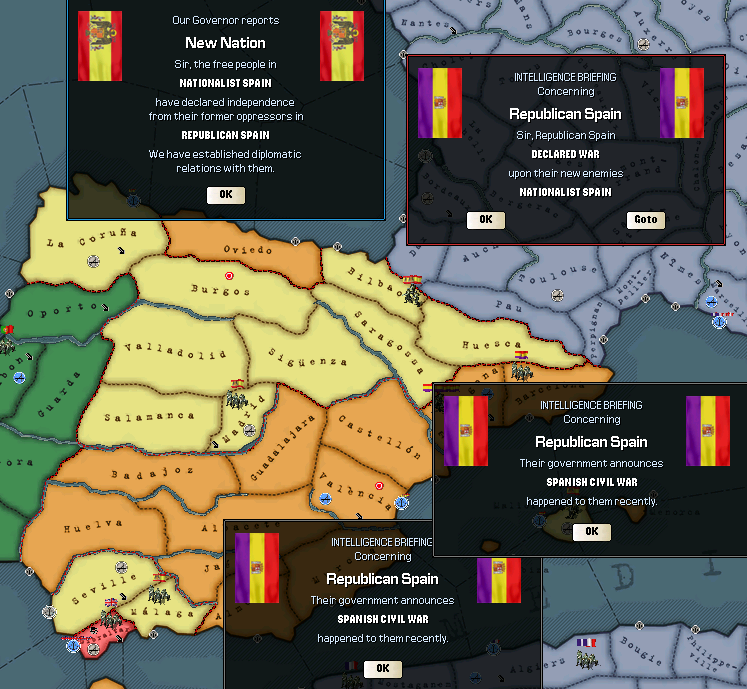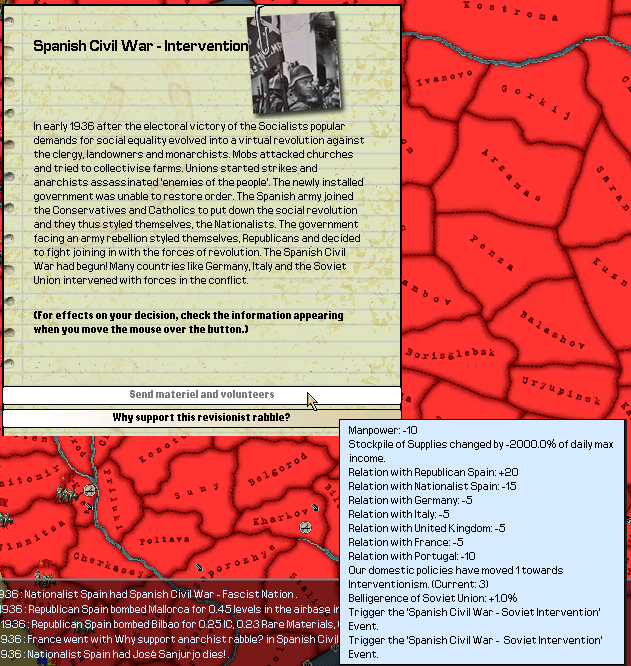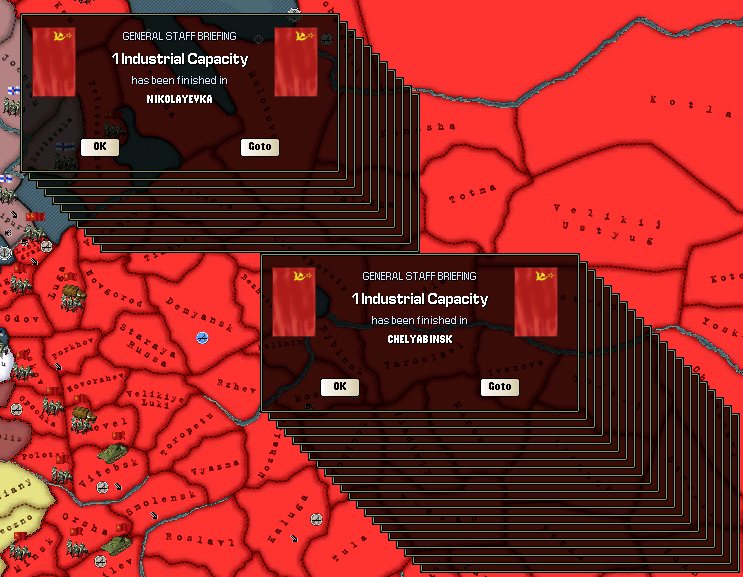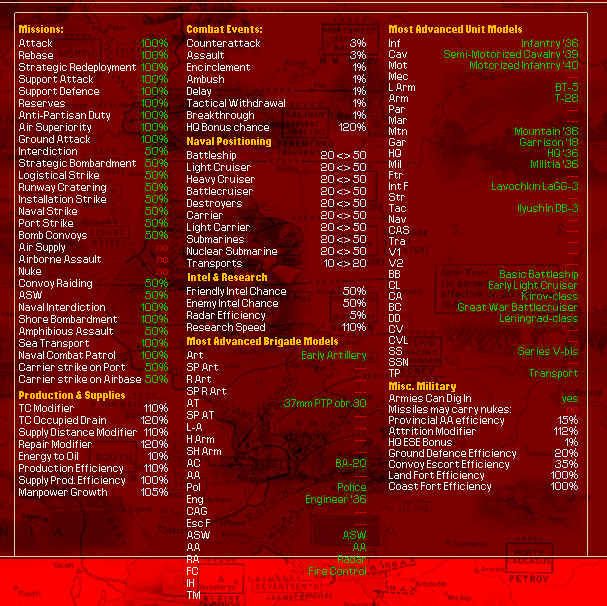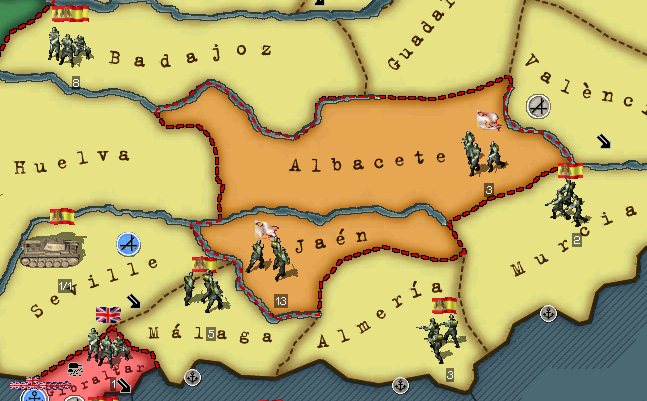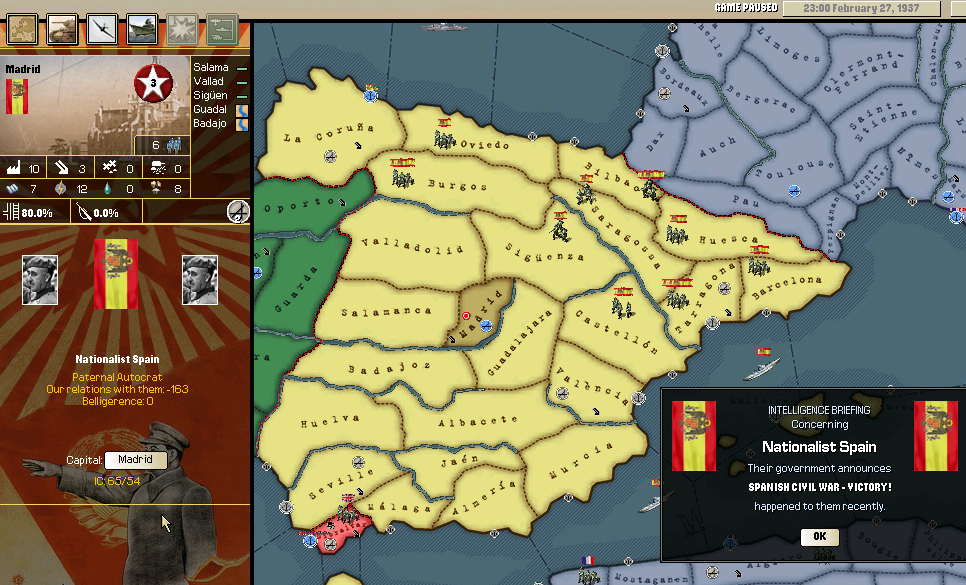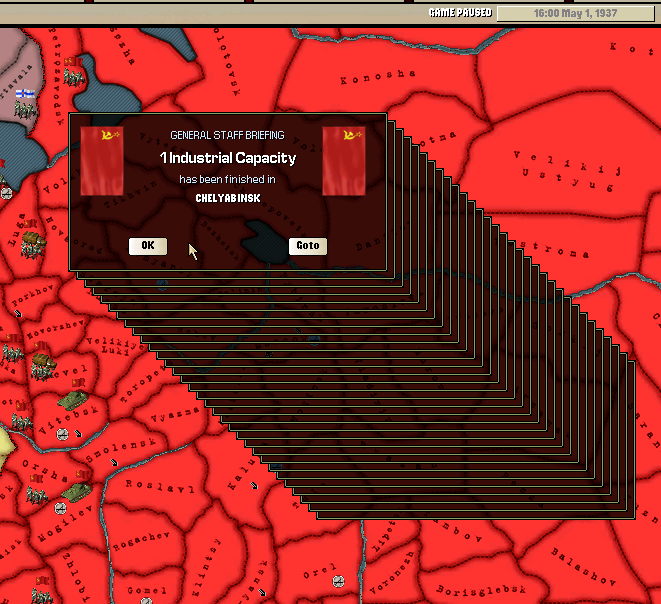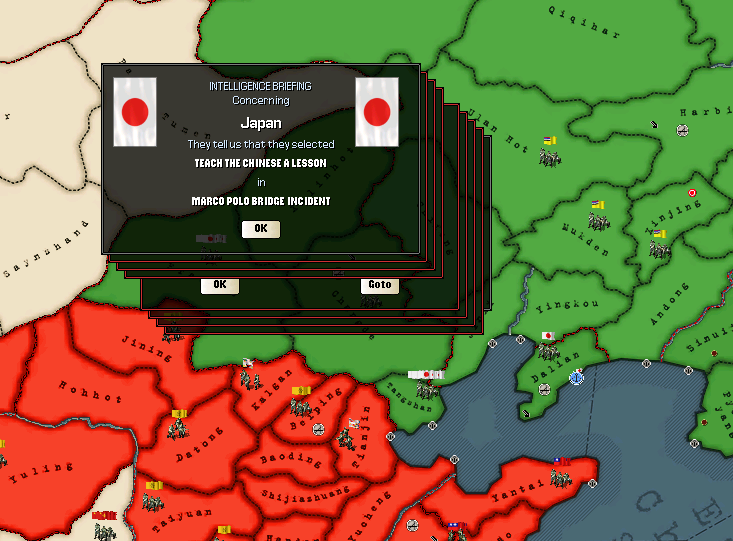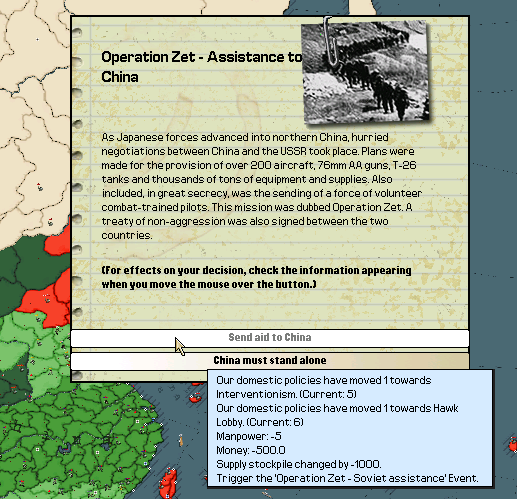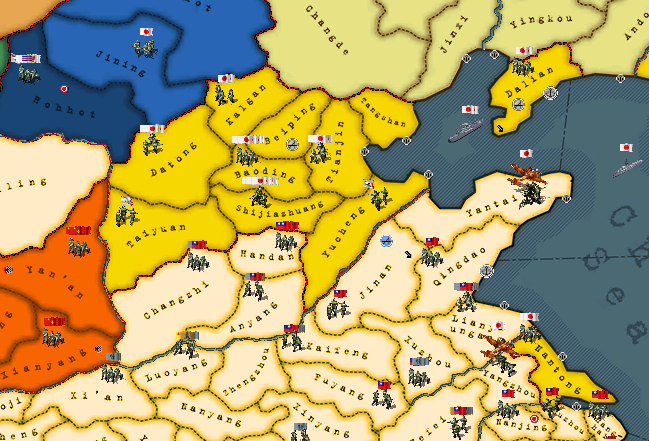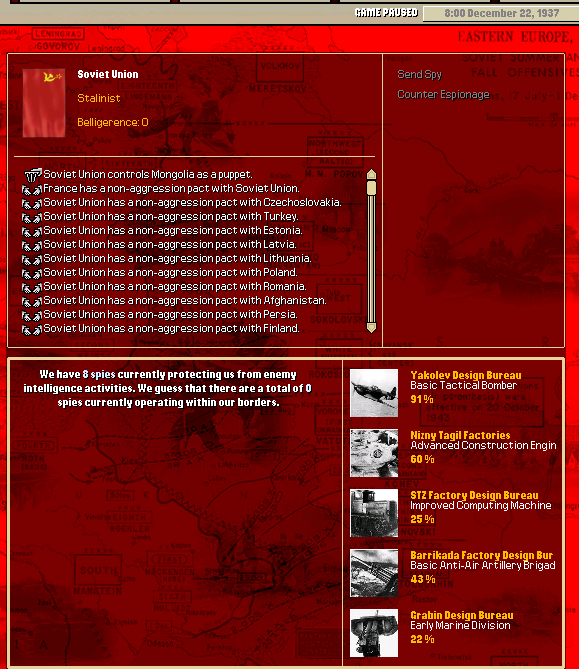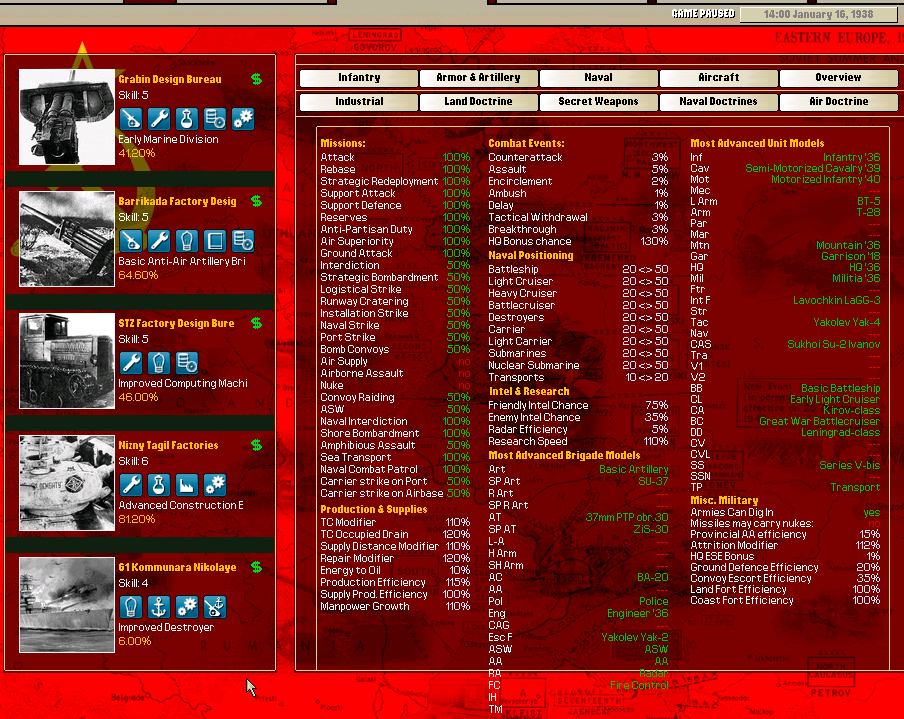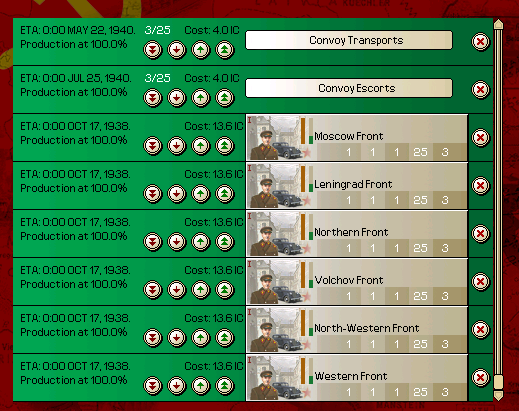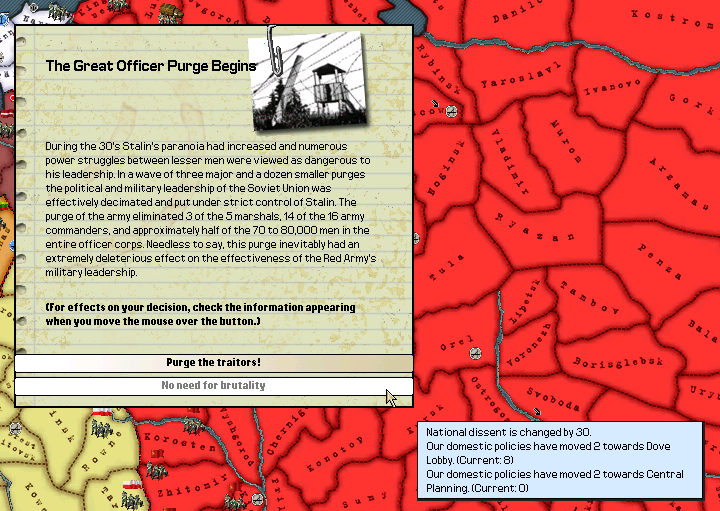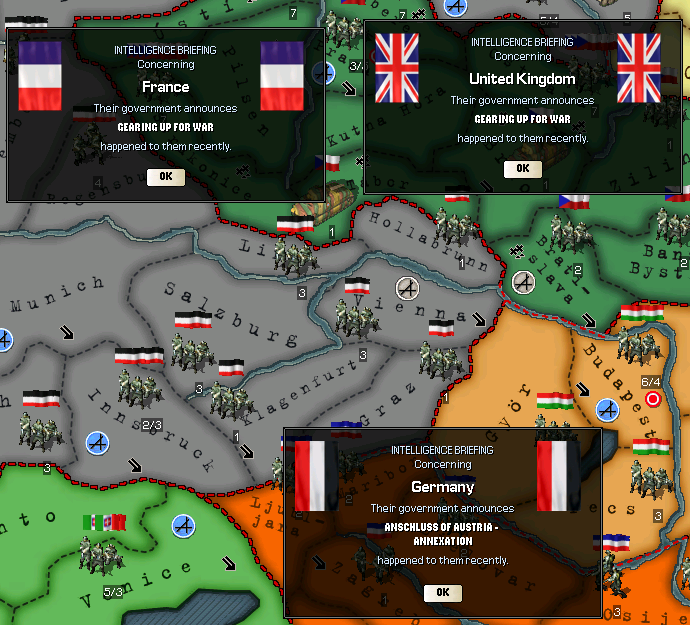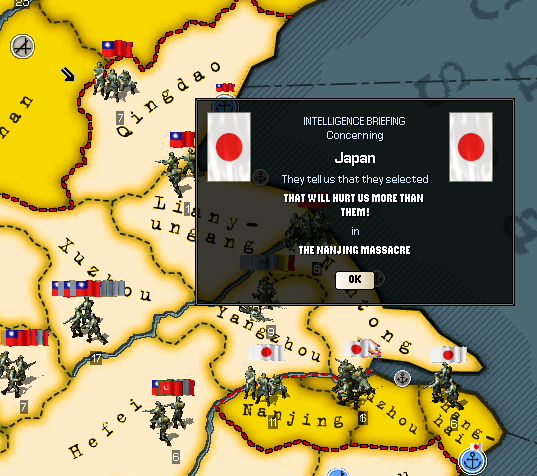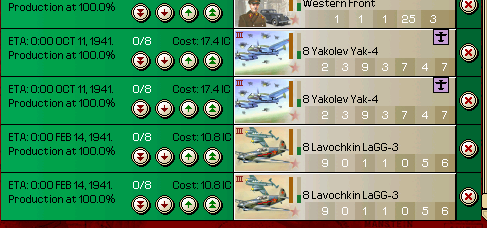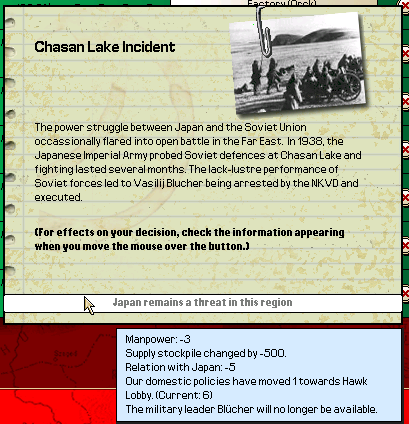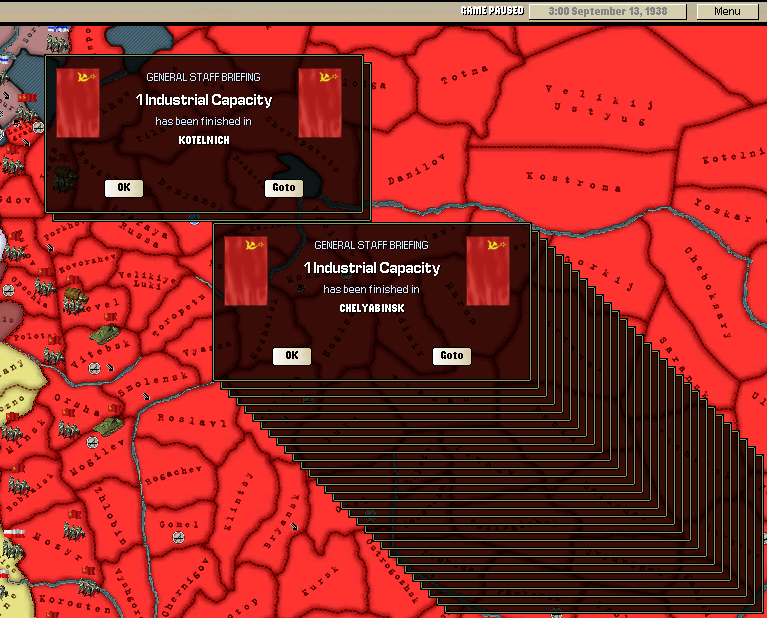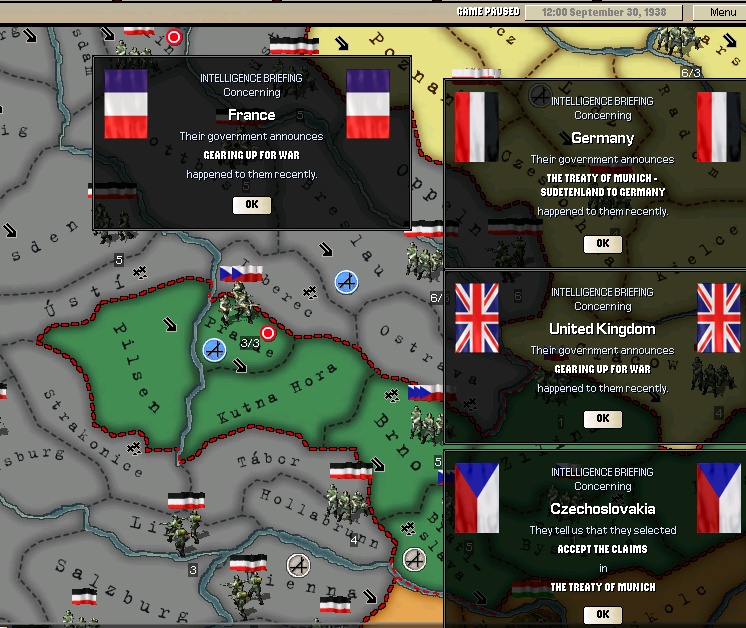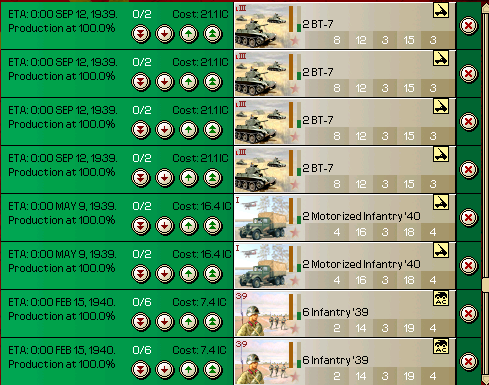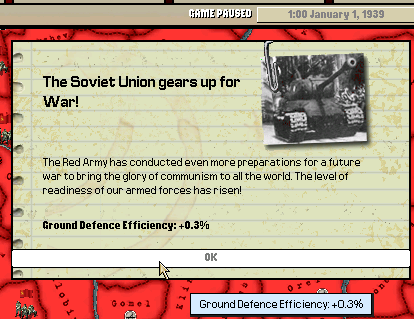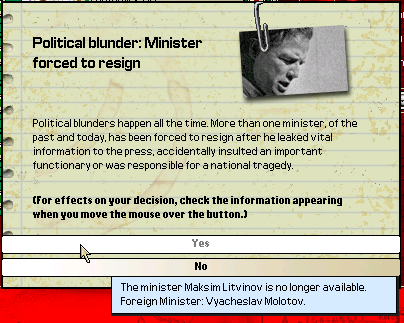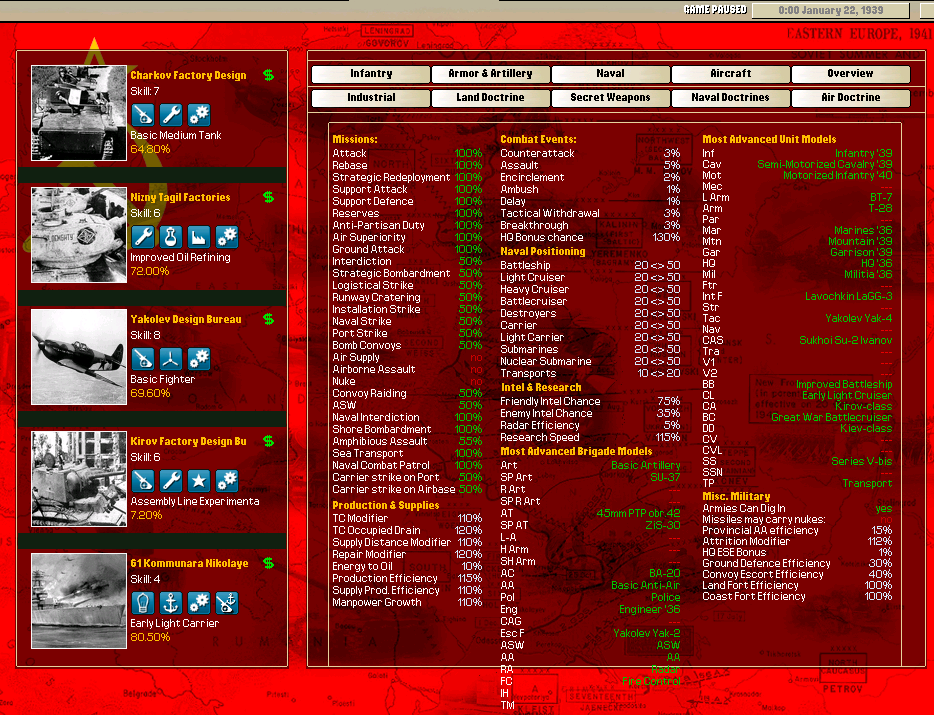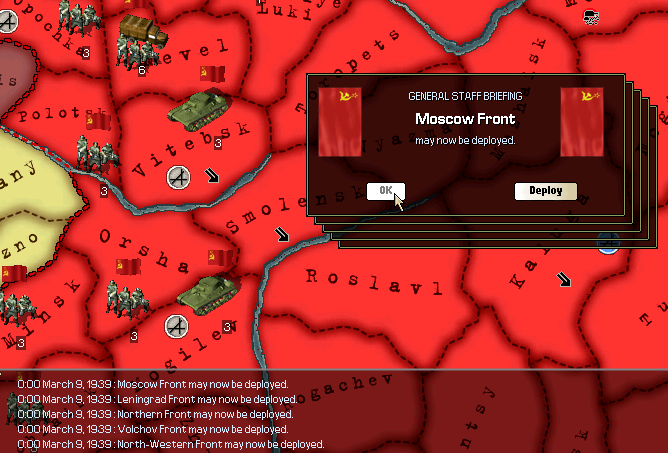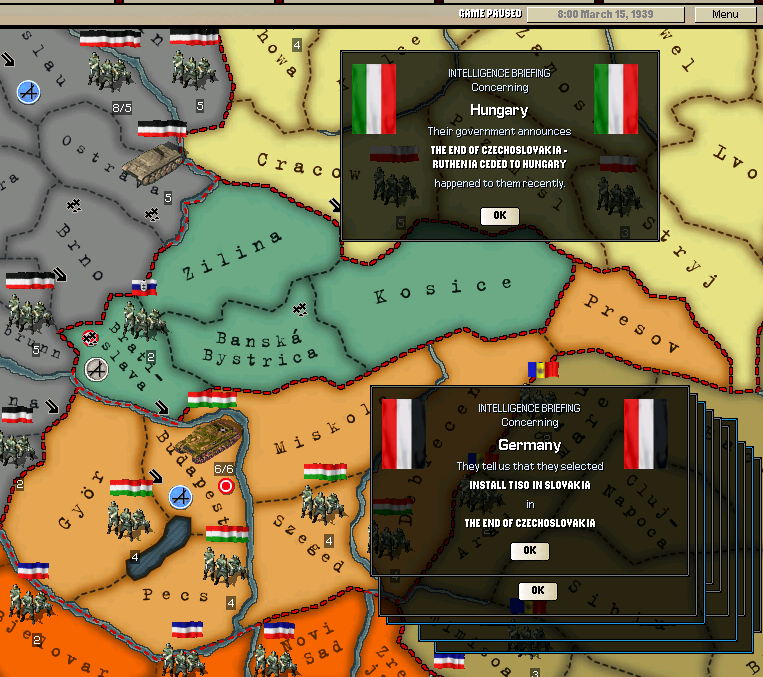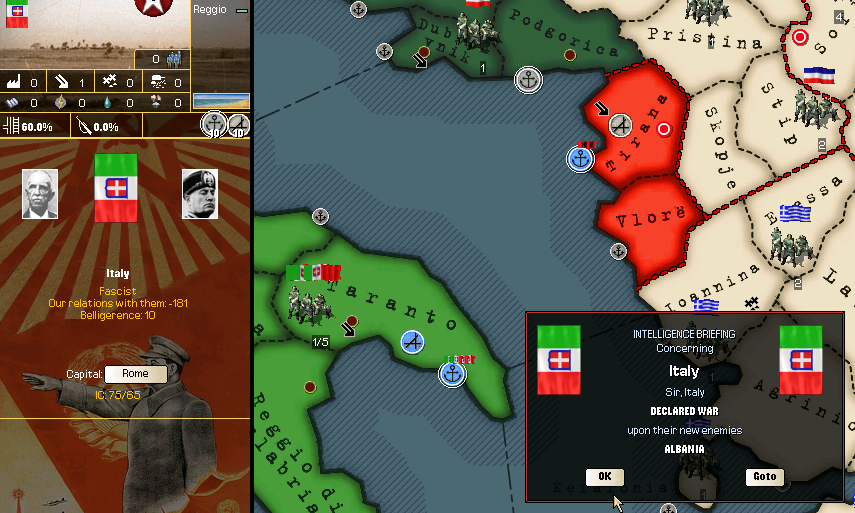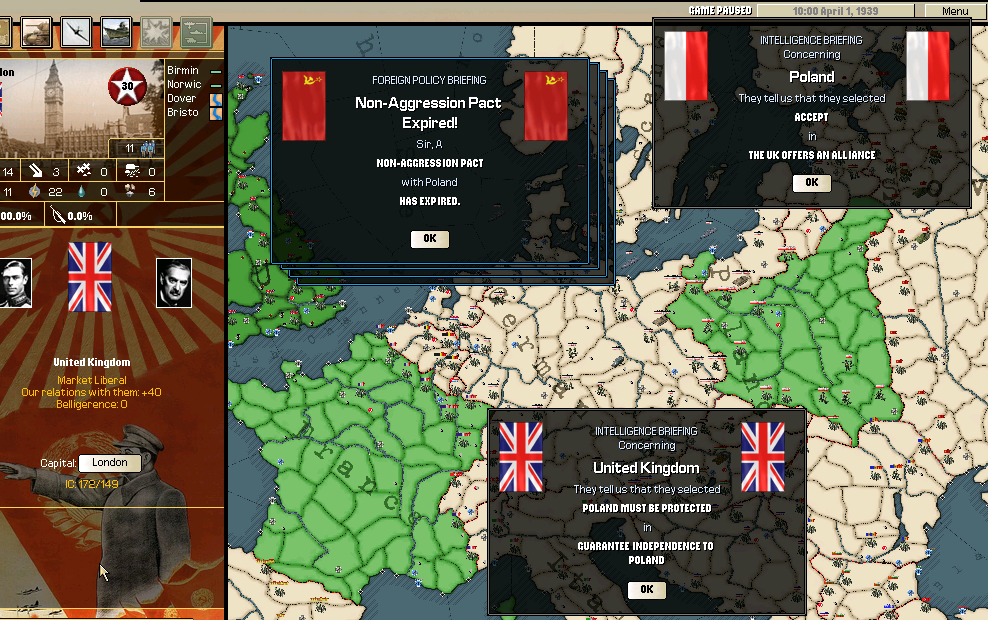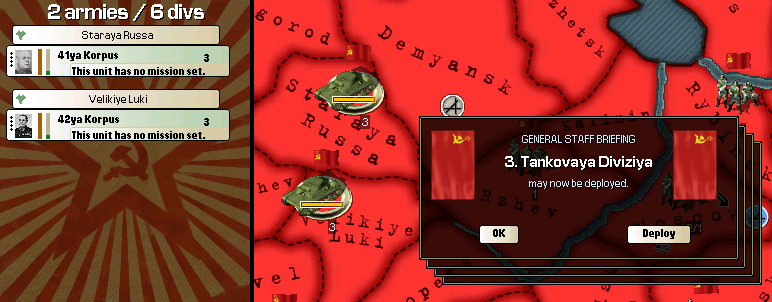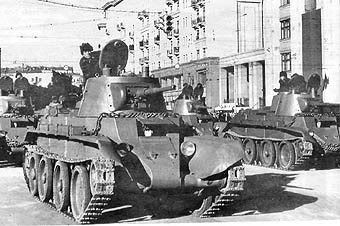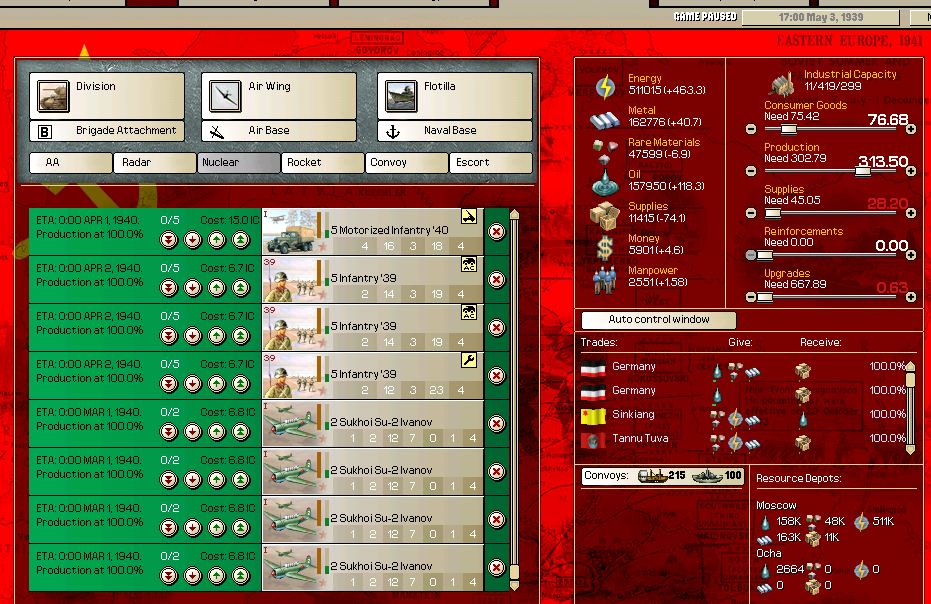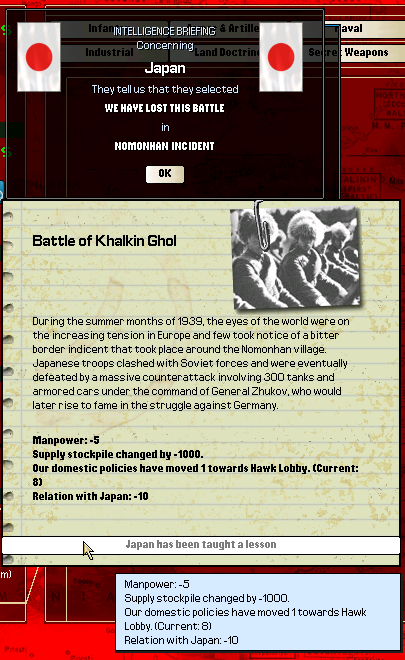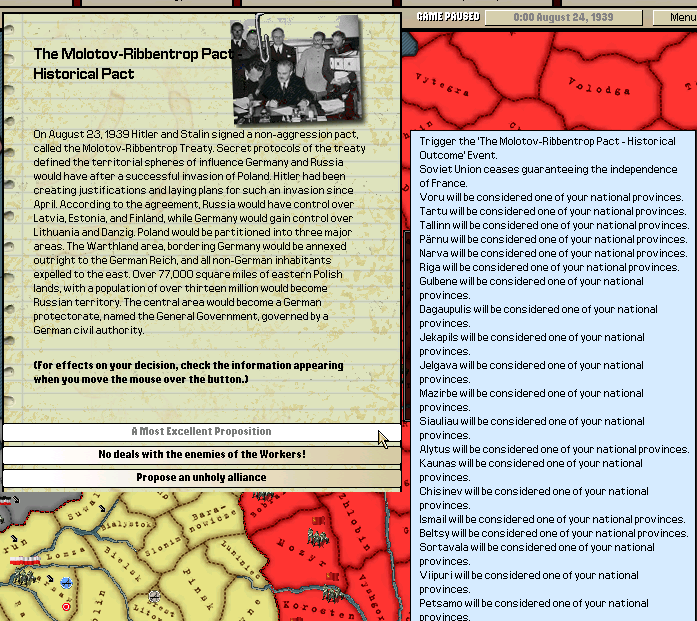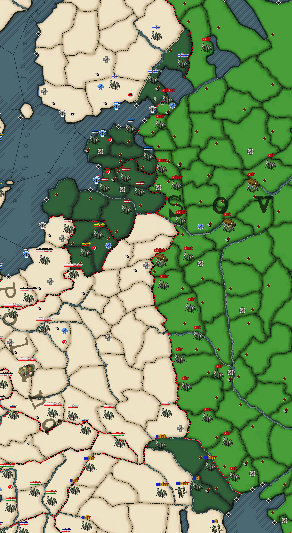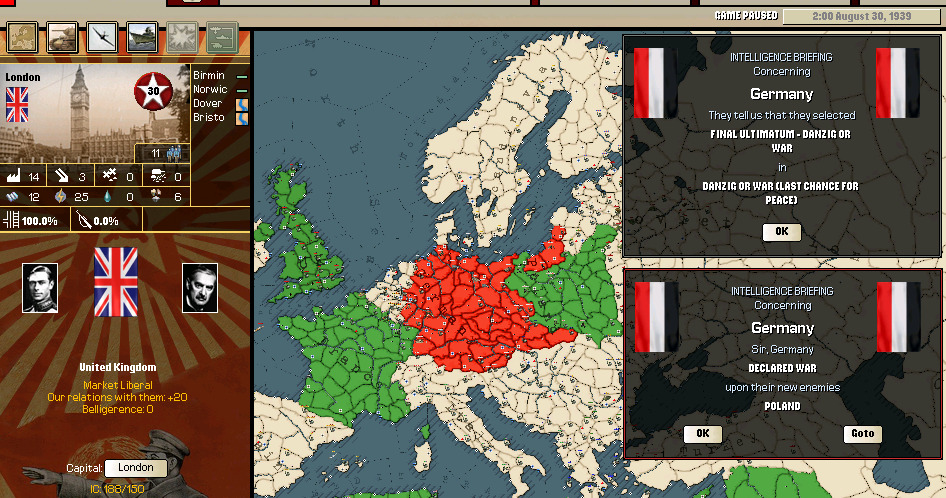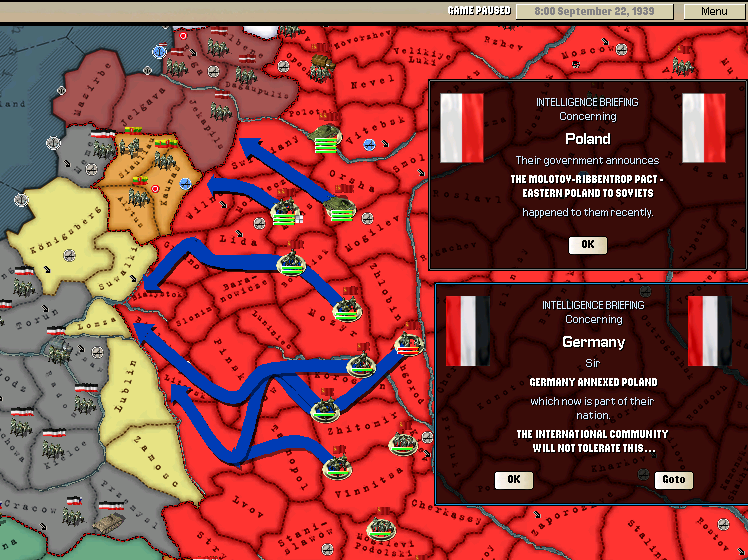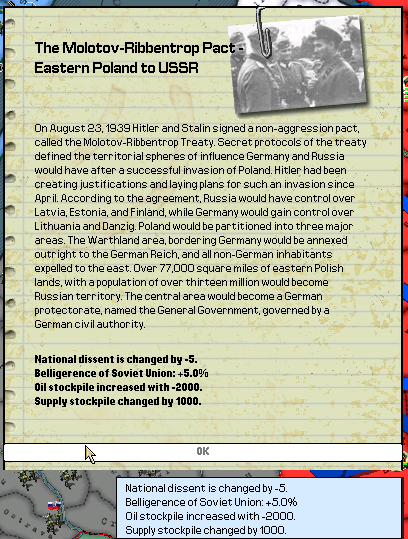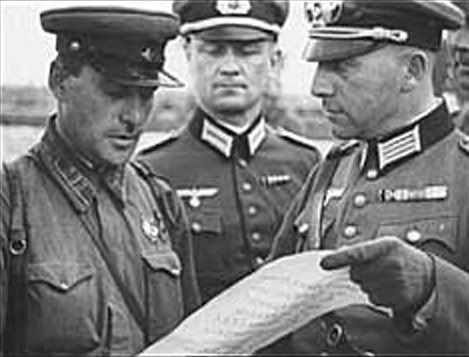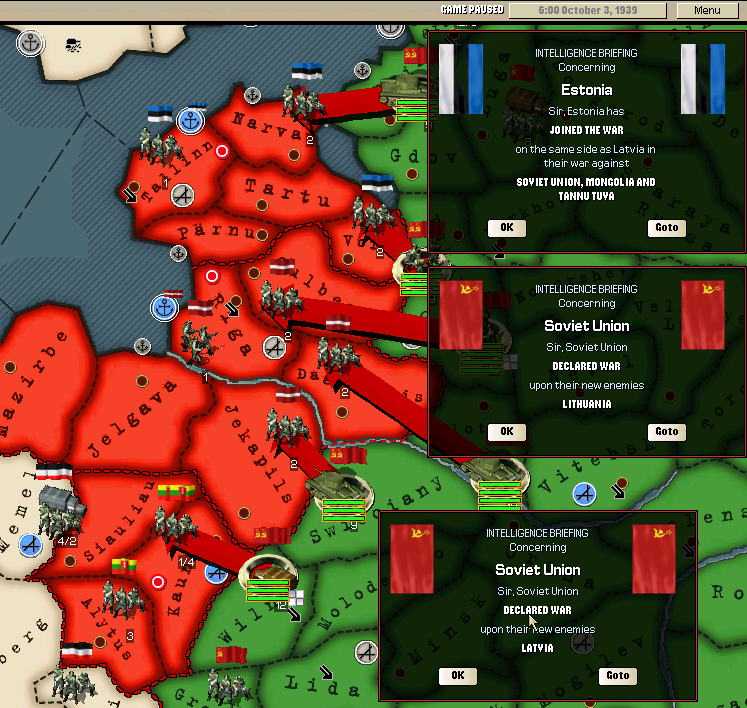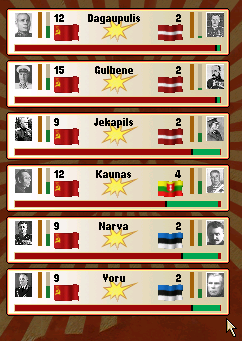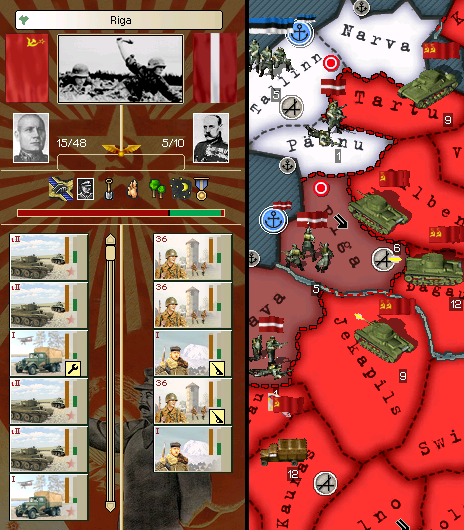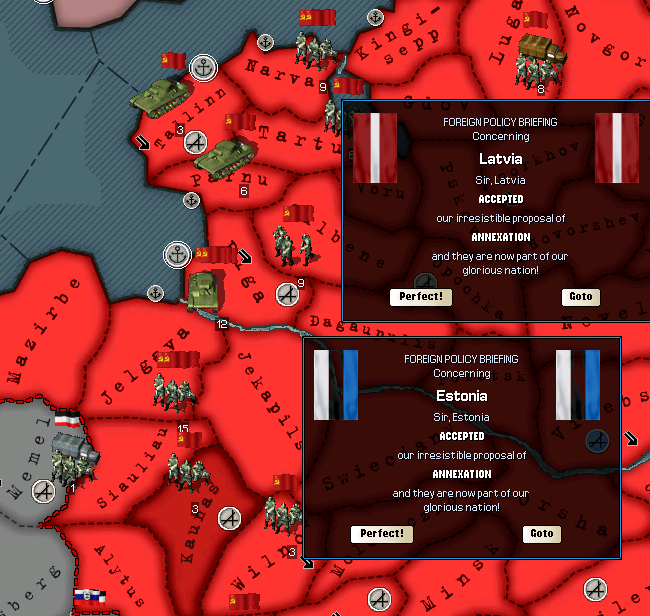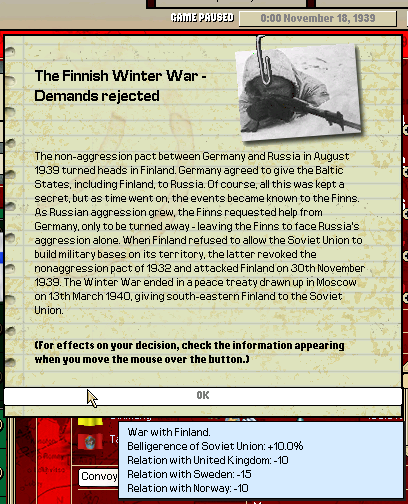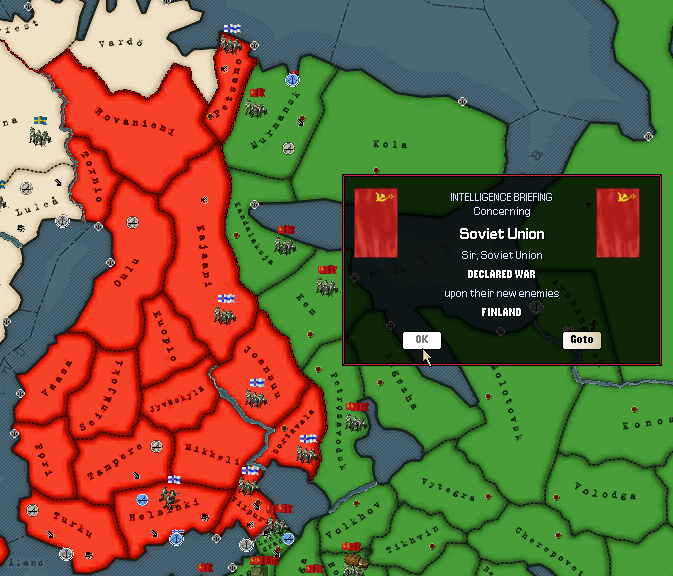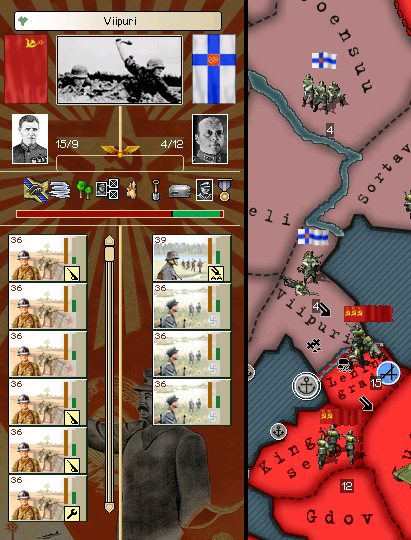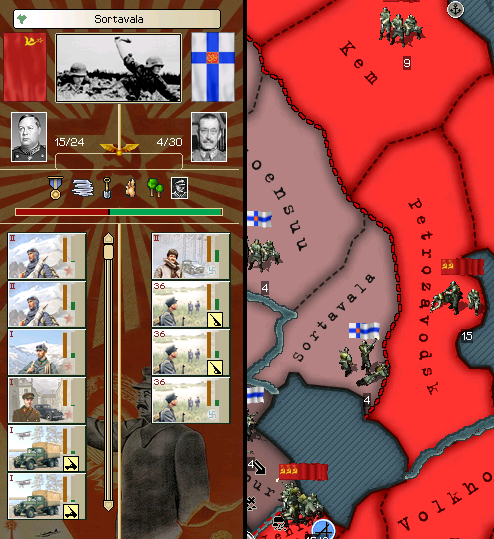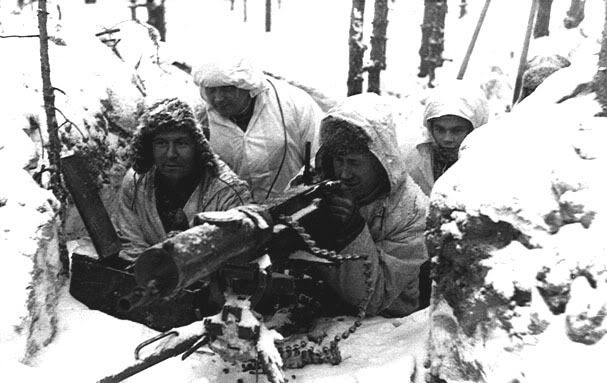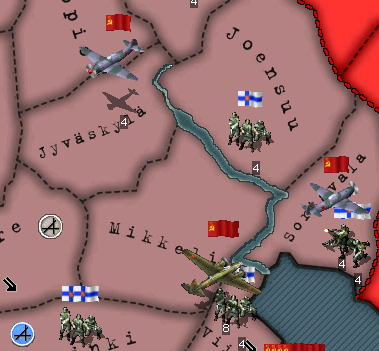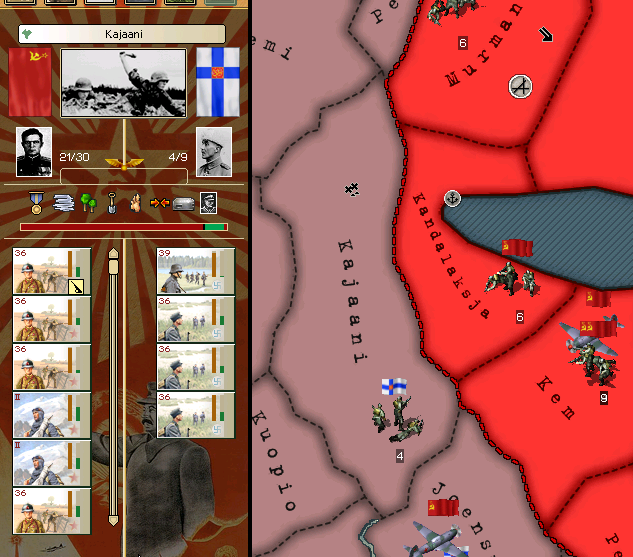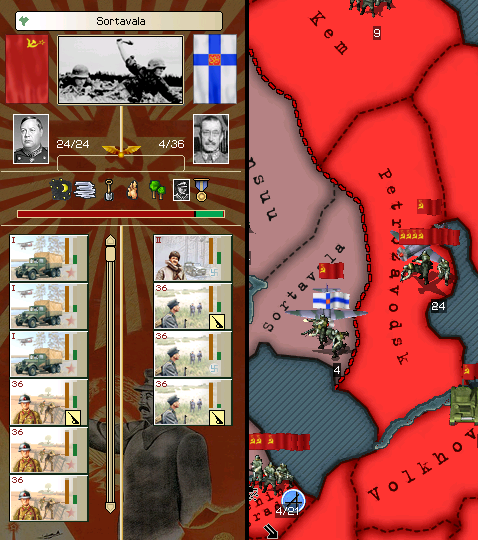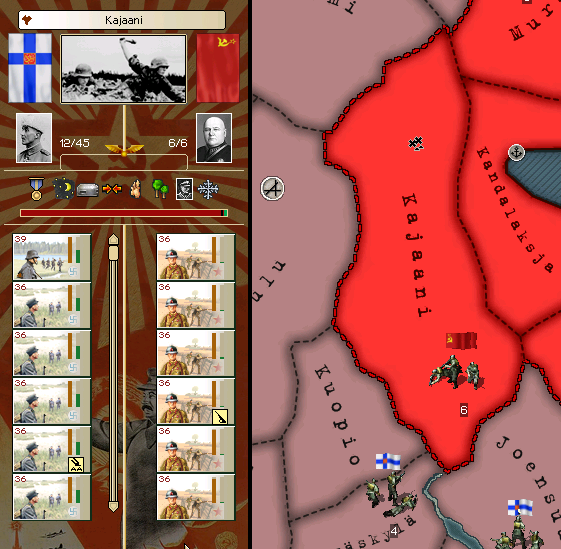Hello everyone. I have finally decided to make a new AAR, my first one with the Armageddon expansion pack. I hope you all enjoy it.
The Soviet Union was formed from the ashes of the old Russian empire of the Tsars, starting with the Revolution in 1917 and culminating in a bloody civil war which lasted from 1918 to 1921. This was followed by a period of Extreme famines and economic instability, along with a power struggle that came with the death of Vladimir Lenin in 1924. Joseph Stalin was able to gain control of the country, and through a period of hard industrialization had mostly rebuilt the Soviet Union's economy.

In 1936, the Soviet Union stretches all the way from Eastern Europe to the Pacific ocean. The country is now one of the most powerful in the world, and things are finally looking bright. However, the resurgent Germany under Adolf Hitler and the Generals of Japan's imperial army eye the Soviet Union's vast territory and resources with contempt, and are quietly planning to rob the soviet people of all that they have worked to build. Will Stalin's communist empire survive the gathering storm, or will the USSR join the growing list of the world's failed states and fallen empires?
Game Settings:
HOI2 DD Armageddon v 1.2
Difficulty:Normal/Aggressive
Modifications:
1.Industry and infrastructure cost less and build faster. IC costs 3 IC and builds in about half the time, Infrastructure costs 1 IC and builds in about a 3rd of the time. This applies for all nations.
2.Finnish GDE is raised to 1.0, hopefully this will make the winter war more of a challenge.
3.Numerous Graphics and sprites added.
4.Post Axis War Mod added, to create a historical post war Europe.
Let us begin.
The Soviet Union was formed from the ashes of the old Russian empire of the Tsars, starting with the Revolution in 1917 and culminating in a bloody civil war which lasted from 1918 to 1921. This was followed by a period of Extreme famines and economic instability, along with a power struggle that came with the death of Vladimir Lenin in 1924. Joseph Stalin was able to gain control of the country, and through a period of hard industrialization had mostly rebuilt the Soviet Union's economy.

In 1936, the Soviet Union stretches all the way from Eastern Europe to the Pacific ocean. The country is now one of the most powerful in the world, and things are finally looking bright. However, the resurgent Germany under Adolf Hitler and the Generals of Japan's imperial army eye the Soviet Union's vast territory and resources with contempt, and are quietly planning to rob the soviet people of all that they have worked to build. Will Stalin's communist empire survive the gathering storm, or will the USSR join the growing list of the world's failed states and fallen empires?
Game Settings:
HOI2 DD Armageddon v 1.2
Difficulty:Normal/Aggressive
Modifications:
1.Industry and infrastructure cost less and build faster. IC costs 3 IC and builds in about half the time, Infrastructure costs 1 IC and builds in about a 3rd of the time. This applies for all nations.
2.Finnish GDE is raised to 1.0, hopefully this will make the winter war more of a challenge.
3.Numerous Graphics and sprites added.
4.Post Axis War Mod added, to create a historical post war Europe.
Let us begin.


